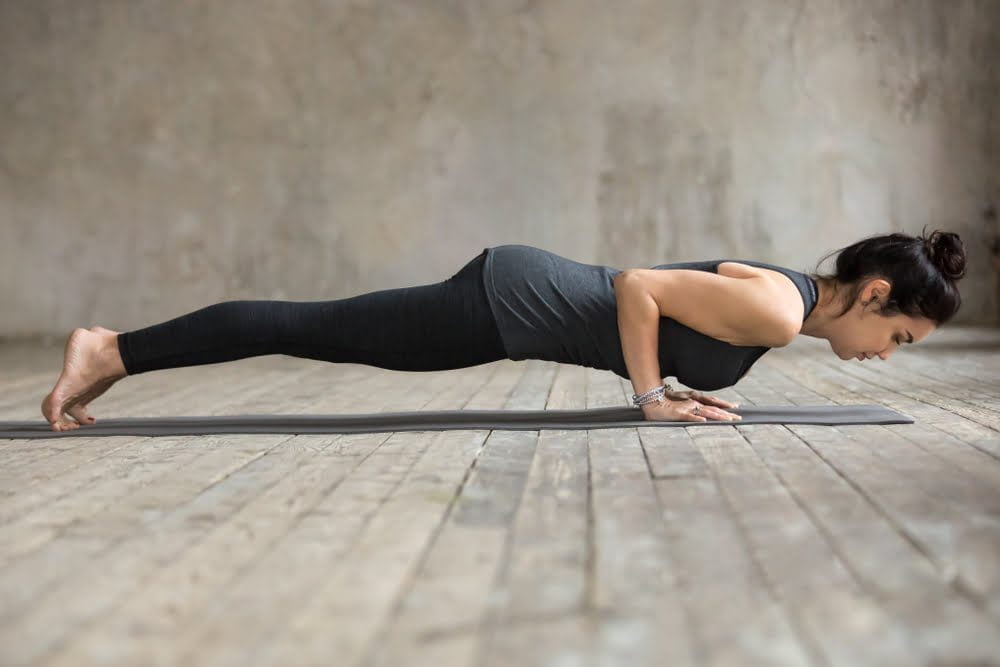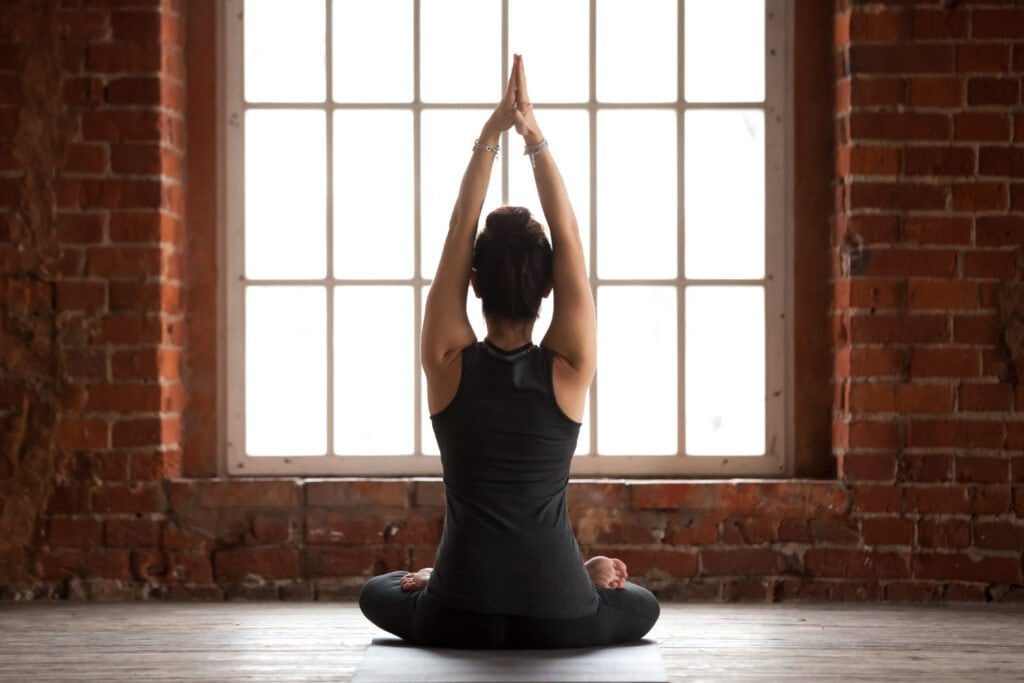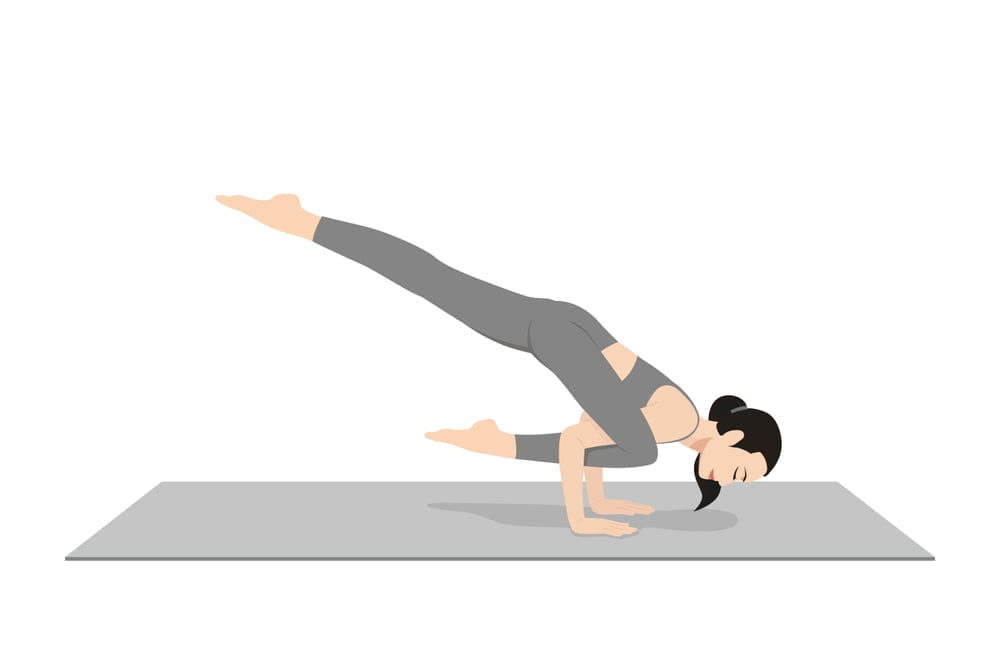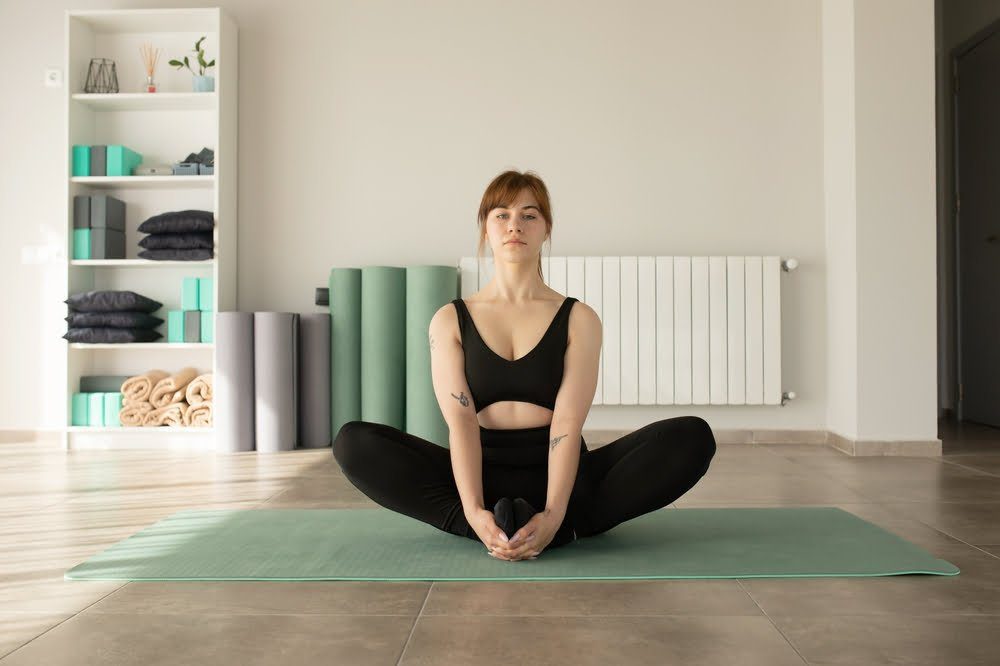Peloton is a popular exercise bike that has gained immense popularity due to its convenience and effectiveness in providing at-home workouts. However, like any other exercise equipment, using Peloton for extended periods can sometimes lead to back pain.
This discomfort can be attributed to various factors such as improper bike setup, incorrect posture, or inadequate core strength. In this guide, we will explore different strategies and techniques to alleviate and fix Peloton back pain, allowing you to enjoy your workouts pain-free and maximize the benefits of this exceptional fitness tool.
Whether you are a beginner or an experienced Peloton rider, these tips will help you maintain a healthy and comfortable workout routine.
What is Peloton Back Pain?
Peloton back pain refers to the discomfort or strain experienced in the back while using a Peloton exercise bike or engaging in Peloton workouts. This type of back pain can occur due to various reasons, including improper posture, lack of proper warm-up or stretching, incorrect bike setup, or overexertion during workouts.
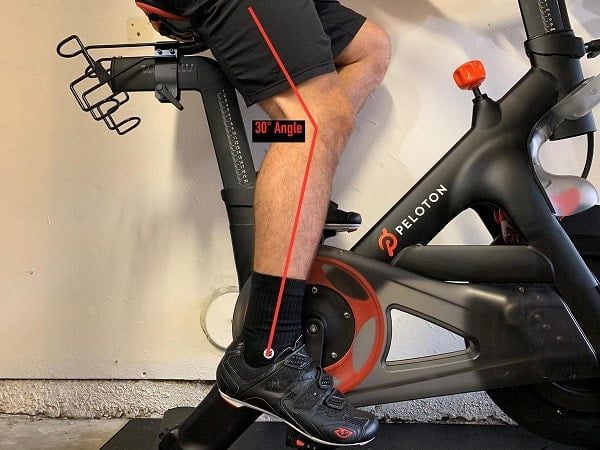
The repetitive nature of Peloton workouts, especially if not balanced with other exercises, can also contribute to back pain. It is essential to address and alleviate Peloton back pain to ensure a safe and effective exercise routine.
11 Effective ways to Fix Peloton back Pain.
1. Improve your bike setup.
Ensure that your Peloton bike is properly adjusted to your body proportions. Adjust the seat height, handlebar height, and seat position to achieve a comfortable riding position. This will help reduce strain on your back.
2. Strengthen your core muscles.
Engaging and strengthening your core muscles can provide better support for your back during Peloton workouts. Incorporate exercises such as planks, bridges, and abdominal crunches into your routine to develop a strong core.
3. Stretch before and after workouts.
Incorporate stretching exercises into your pre and post-workout routine. Focus on stretching your lower back, hamstrings, and hip flexors to relieve tension and improve flexibility.
4. Gradually increase intensity.
If you’re experiencing back pain, it might be due to pushing yourself too hard or increasing the intensity of your workouts too quickly. Gradually increase the intensity and duration of your workouts to allow your body to adapt and avoid straining your back.
5. Maintain proper form.
Pay attention to your posture during Peloton workouts. Keep your back straight, shoulders relaxed, and engage your core muscles while cycling. Avoid slouching or rounding your back, as this can contribute to back pain.
6. Use proper footwear.
Wearing appropriate cycling shoes with proper arch support and a stiff sole can help distribute the pressure evenly and reduce strain on your back. Avoid using worn-out or unsupportive shoes that can contribute to back pain.
7. Incorporate cross-training exercises.
Include other low-impact exercises in your routine, such as swimming, yoga, or Pilates. These exercises can help improve your overall strength, flexibility, and posture, reducing the risk of back pain during Peloton workouts.
8. Take breaks and rest days.
Overtraining can put excessive strain on your body, including your back. Make sure to take regular breaks during your workouts and incorporate rest days into your training schedule to allow your muscles and back to recover.
9. Consider professional help.
If your back pain persists or worsens, it may be beneficial to consult with a healthcare professional, such as a physical therapist or chiropractor. They can provide you with specific exercises, stretches, or treatments tailored to your condition.
10. Listen to your body.
Pay attention to any discomfort or pain during your workouts. If you feel any abnormal or severe back pain, it’s essential to listen to your body and take a break. Pushing through the pain can exacerbate the issue and lead to more severe injuries.
11. Peloton lower back stretch.
The Peloton lower back stretch is an effective exercise that targets the muscles in the lower back, promoting flexibility and relieving tension. To perform this stretch, start by lying flat on your back with your knees bent and feet flat on the floor.
Slowly bring your right knee towards your chest and grasp it with both hands. Gently pull your knee closer to your chest, feeling a stretch in your lower back. Hold this position for 15-30 seconds, then release and repeat on the other side. This stretch can be done daily to help alleviate lower back pain and improve overall flexibility in the area.
Yoga Poses to Fix Peloton back Pain.
Are you experiencing back pain after using your Peloton bike? Don’t worry, incorporating specific yoga poses into your routine can help alleviate and prevent this discomfort. By stretching and strengthening the muscles surrounding your back, you can find relief and improve your overall posture. Here are some yoga poses that can effectively target and fix Peloton back pain:
1. Cat-Cow Pose.

Begin on all fours with your hands under your shoulders and knees under your hips. Inhale, arch your back, lift your chest, and gaze upward (Cow Pose). Exhale, round your spine, tuck your chin, and draw your belly button towards your spine (Cat Pose). Repeat this fluid movement for several breaths, gently massaging your spine and releasing tension.
2. Child’s Pose.

Start on your hands and knees, then bring your big toes to touch and widen your knees to hip-width apart. Lower your hips towards your heels as you reach your arms forward, resting your forehead on the mat. Stay here, allowing your back to release and relax. Focus on deep breaths and surrendering any tension.
3. Sphinx Pose.

Lie on your belly with your legs extended and your elbows under your shoulders, forearms resting on the mat. Press your forearms down, lengthen your spine, and lift your chest off the floor. Keep your shoulders relaxed and gently engage your core. Breathe deeply, feeling a gentle stretch in your lower back.
4. Downward-Facing Dog.
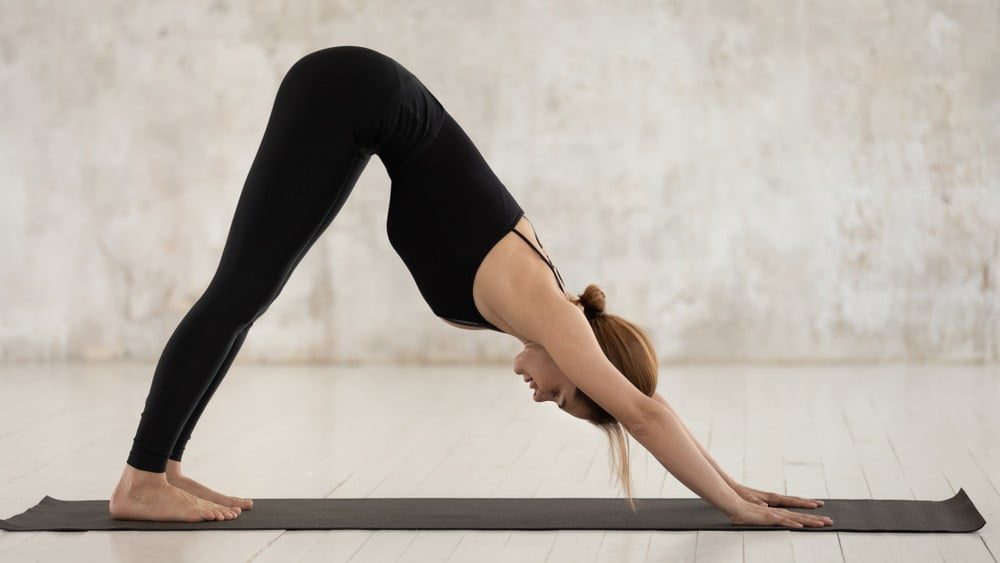
Begin on your hands and knees, then tuck your toes under and lift your hips up and back. Straighten your legs as much as comfortable, keeping a slight bend in your knees if needed. Press your palms into the mat, actively engage your arms and shoulders, and relax your head and neck. This pose helps elongate the spine and strengthens the muscles of the back.
5. Bridge Pose.

Lie on your back with your knees bent and feet hip-width apart. Press your feet into the mat as you lift your hips off the floor. Interlace your fingers underneath you, pressing your arms down for support. Keep your thighs parallel and engaged, while allowing your shoulders and upper back to relax. This pose strengthens the back and glutes, promoting stability and balance.
| 💡 Tips FitToFar.com Remember to listen to your body and never push yourself beyond your limits. Consistency is key, so aim to practice these poses regularly to experience lasting relief from Peloton back pain. Additionally, incorporating yoga into your warm-up and cool-down routines before and after your Peloton workouts can further prevent future discomfort and promote overall spinal health. |
Frequently Asked Questions.
It is generally not recommended to cycle with lower back pain as it can potentially worsen the condition and cause discomfort. It is advised to consult a healthcare professional for proper diagnosis and guidance.
If you’re experiencing upper back pain after using a Peloton bike, it’s important to address it promptly. You should consider adjusting your bike’s setup, practicing proper posture, incorporating stretching and strengthening exercises for your back, and seeking professional advice if the pain persists or worsens.
It is generally not recommended to do spin classes with lower back pain, as the biking position and intensity can exacerbate the discomfort and potentially worsen the injury. It is advisable to consult with a healthcare professional before engaging in any physical activity.
Bottom Line.
Experiencing back pain while using a Peloton bike can be a frustrating and debilitating issue. However, by following the steps outlined in this guide, individuals can effectively address and alleviate their back pain. It is crucial to start with proper bike setup, ensuring that the seat height, position, and handlebar reach are adjusted correctly.
Additionally, incorporating stretching exercises and strengthening the core muscles can help improve posture and reduce strain on the back. Lastly, listening to one’s body and taking breaks when needed, as well as seeking professional help if the pain persists, are essential steps to finding a long-term solution.
By implementing these strategies, Peloton users can enjoy pain-free workouts and fully reap the benefits of their fitness journey.

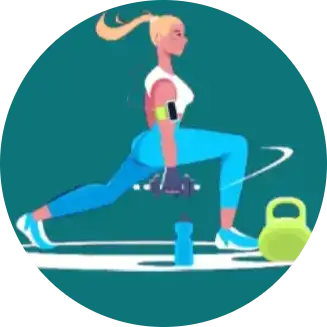 Workout
Workout
 Meditation
Meditation





 Contact Us
Contact Us



